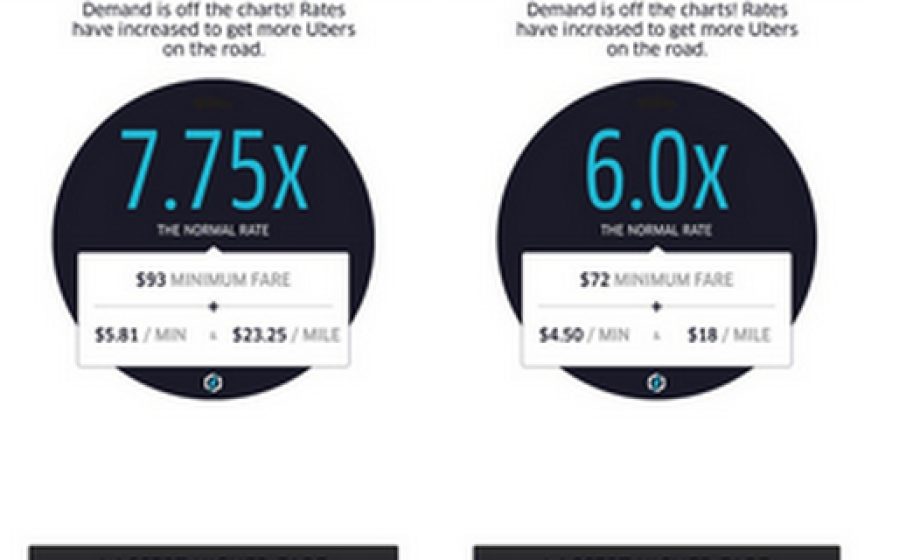
Last week witnessed a lot of excitement around chauffered car services in France. On Monday Paris taxi drivers held a general strike, blocking airports and roads with their idle cars and in several incidents allegedly attacking competitive private car services. This comes on the heels of France’s introduction of its ’15-minute law’ designed to thwart innovative services like Uber that are perceived as disruptive to the incumbent taxi syndicates. (In addition to the aforementioned links, another great piece on the topic is A Tale of Two Taxis).
But while we’re at, I’d like to expand on a different angle which is this: As Uber begins to extend beyond early adopters in many cities, the company’s pricing mechanism, which underpins its disruptive business model, may be reaching its limits.
My philosophical obsession with public transport makes me a very infrequent consumer of Uber’s service (and comparable apps in Europe such as Lyft, Hailo, TaxiBeat, Allocab, Chauffeur Privé, and SnapCar), though I did regret Uber wasn’t in Singapore when hailing a taxi over new year’s proved elusive. Nonetheless, I find these disruptive services incredibly innovative (sorry, Mr. Montebourg) and applaud heroes like SnapCar in France for tackling head-on the taxi unions and silly government protectionism.
Uber’s CEO Travis Kalanick defended the company’s pricing model perfectly logically at LeWeb in Paris last month:
“We stand for reliability, right? So sometimes people get a little upset about surge pricing because, well, nobody likes when the price goes up. Of course it happens in hotels, it happens in airlines, a whole bunch of other businesses. But they are just not used to it with cars. And they get a little upset about it. I go to those people and I say, we’re gonna add a feature that’s gonna make surge pricing optional, and they get all excited about that and they ask ‘How are you gonna do it?’ and I say ‘Well, when the surge pricing is happening, we’re just gonna tell you no car is available’. So the thing is what we’re doing is we’re providing people an option and some people aren’t happy that that option is more pricey. But, when the price goes up, more cars come on, fewer people get stranded.”
And from a pure market efficiency perspective, Kalanick is absolutely right.
However, there’s more at play here than the mere notion of market efficiency. Uber needs to be careful that its infamous surge-pricing algorithm does not become a rage-pricing algorithm.
These incidents are most likely limited to periods of unique circumstances, new year’s eve or the NYC snow storm, for example, but their high-profile nature can easily render them detrimental to Uber on the very platforms from which Uber derives its customers.
In fact, with all due respect to Mr. Kalanick’s logic, I would submit that Uber’s algorithm is flawed. Uber’s algorithm may indeed be dynamically balancing supply and demand with great precision, but it may be failing to account for long-term factors such as customer lifetime value or bad word of mouth.
As an excellent essay in the NY Times Magazine pointed out, this underscores the difference between market efficiency and consumer benefit. It may be borne out of confusion over Uber’s true identity (Uber considers itself a marketplace rather than a taxi service), but as anyone who has driven a California freeway knows, never underestimate the danger of road rage.


